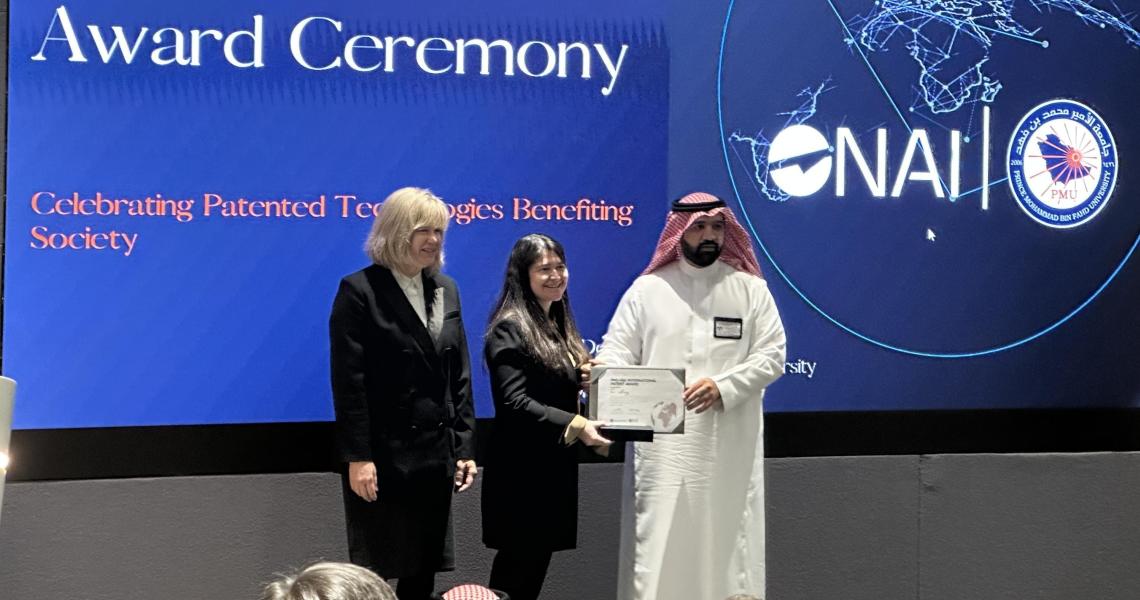Instead, the chair of Cardiac Surgery for Hackensack Meridian Hackensack University Medical Center, sat at a console, his fingers delicately manipulating joysticks, his eyes glued to a 3D high-definition screen displaying a magnified view of 58 year old George Giannakopoulos’ beating heart. Dr. Anderson wasn’t playing a game, he was performing robotic cardiac surgery – the latest advancement to revolutionize cardiac care.
What is Robotic Cardiac Surgery?
Think of it like this: instead of a surgeon’s hands directly working on your heart, tiny, highly precise robotic arms, controlled by the surgeon, do the operation. These robotic arms are inserted through smaller incisions in the chest, and can access hard-to-reach areas with greater dexterity than human hands, leading to a much less invasive procedure for the patient than traditional open-heart surgery for a variety of cardiac cases including valve replacement or repair, including of the mitral valve, coronary artery bypass graft (CABG) surgery, and more.
Candidates for Cardiac Surgery
In many cases, cardiac bypass and heart valve replacement or repair surgeries can be completed minimally invasively, and without the need to artificially circulate blood through the body. However, that was not the case for Dr. George Giannakopoulos. “I was given two options; the first to have conventional open heart surgery where my chest cavity would be opened, my heart stopped and maintained on a heart and lung machine for hours during the procedure,” explained Dr. Giannakopoulos. The second option was robotic surgery; requiring a smaller incision under his left breast so Dr. Anderson could robotically bypass the blocked arteries without the need for the heart lung machine or to stop his heart.
Dr. Giannakopoulos, who is an infectious disease specialist at Hackensack Meridian Health’s Bayshore and Riverview Medical Centers, said the obvious option was robotic surgery. “The crazy thing is, I felt fine, I exercised daily and had no warning symptoms. This came as a shock after my wife persuaded me to go with her to have a CT Calcium Score. Thankfully, her results came back fine, but mine revealed severe disease in 5 arteries including a 95% blockage of the LAD, also known as the ‘widow-maker.’ I knew the recovery from robotic surgery for this would be easier and quicker than conventional surgery.”
How Robotic Cardiac Surgery Works
Several small incisions, typically less than an inch long, are made in the chest allowing for slender robotic arms, each equipped with specialized surgical instruments, to be inserted. A high-definition 3D camera is also inserted to provide a magnified view of the surgical field.
From a console, the surgeon controls the robotic arms and camera using hand controls and foot pedals while viewing the surgical field on a high-definition 3D monitor, providing a highly detailed and magnified image of the heart.
The robotic system translates the surgeon’s hand movements into smaller, more precise movements of the surgical instruments inside the patient’s chest, allowing for greater dexterity in tight spaces.
The Benefits of Robotic Cardiac Surgery
Robotic cardiac surgery offers several benefits over traditional open-heart surgery due to its minimally invasive nature and the enhanced capabilities that include:
- Lower risk of infection, bleeding, and blood transfusions compared to traditional open-heart surgery.
- Robotic systems offer enhanced dexterity and stability for the surgeons, leading to more precise surgical maneuvers and potentially better outcomes for the patients.
- Robotic surgery can be an option for patients who might not be candidates for traditional open-heart surgery due to age or other health conditions..
- Surgeons operate from a comfortable seated position, reducing fatigue and strain during long procedures and enabling them to perform complex procedures with greater ease and precision.
Dr. Giannakopoulos Back in Business
With his surgery successfully complete, Dr. Giannakopoulos was extubated in the operating room. When the anesthesiologist asked him how he was doing, he replied, ‘If I’m at HUMC, I’m doing ok.’ “I can’t say enough about how caring the entire cardiac team was before, during and after the procedure,” said Dr. Giannakopoulos, who is now back in his own medical practice where he tells patients to be proactive, even without symptoms. “I’m grateful to my friend and cardiologist, Dr. Shaddy Younan, for telling me about the robotic alternative. After Dr. Anderson bypassed the worst of the blockages, Dr. Younan was able to then stent the rest and I feel great, there’s not even a visible scar.”
With patients walking within days, a stark contrast to the weeks of recovery required after traditional open-heart surgery due to reduced blood loss, lower risk of infection and less post-operative pain, robotic surgery is not just changing heart surgery – it is transforming the future of medicine itself – with Hackensack Meridian Health surgeons leading the way.
The patient, Dr. George and his doctor Mark Anderso, M.D. are available for interviews regarding this advancement in robotic cardiac surgery.
Photos are available here, courtesy Hackensack Meridian Health.


